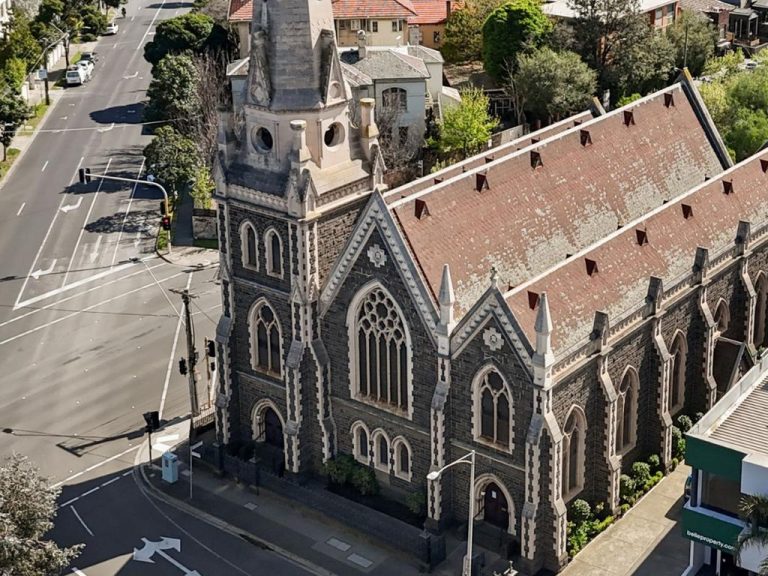Onwards and upwards? Predictions for Sydney’s office market in 2014

The past 12 months in the Sydney CBD office market have again been testing, with an increase in direct vacancy of just under 9%.
Furthermore, the additional sub-lease component pushed overall vacancy up to approximately 9.5%, and we have again seen an increase in incentives. Face rents have remained steady, however, which has provided good news for owners for their valuations.
At the end of 2013, the overall market currently comprises of just more than 50% premium and “A” grade space, and just fewer than 50% of B, C and D grades.
New developments and extensive refurbishments are also having an impact, with an estimated 300,000sq m coming into the market by the end of 2016.
With approximately 60% of the “new stock” already being committed to, it still leaves a large downfall that will need to be leased, putting pressure on landlords to retain their larger tenants.
This is an evolutionary trend and is always active in any market: buildings tire over time and developers are always looking for opportunities, therefore major refurbishments and new construction is a reality of the commercial world.
The other big news in the Sydney CBD at the moment – and certainly the largest Sydney redevelopment of its kind this century – is the new and exciting Barangaroo development.
Located in East Darling Harbour, it will comprise three commercial buildings known as International Towers Sydney (T1, T2 and T3), and the overall project has been reported to be valued at more than $6 billion.
The development will have a huge impact on the Sydney market and will redefine the western corridor of the CBD, which was always seen as “better value” for commercial office users.
With the introduction of King Street Wharf, Barangaroo and the shift in the finance and banking sector who have made this side of the city home, it will continue to increase in appeal in 2014.
The outlook for 2014 will not vary much from 2013. As new space becomes available, tenants will move and new vacancies will come online and have to be filled; further to this, rents will remain steady and incentives may fluctuate slightly but will not increase dramatically.
Enquirers are much more inclined to source partitioned options, and many landlords have adapted to this requirement by installing new fitouts into vacant areas to entice enquiries into their buildings.







